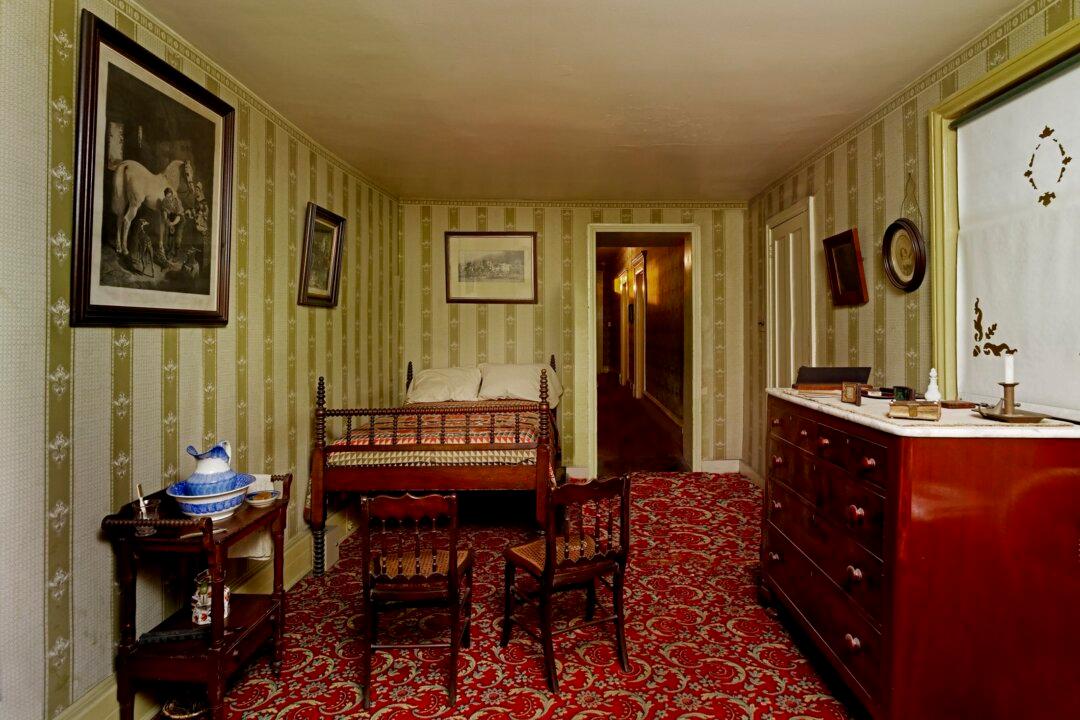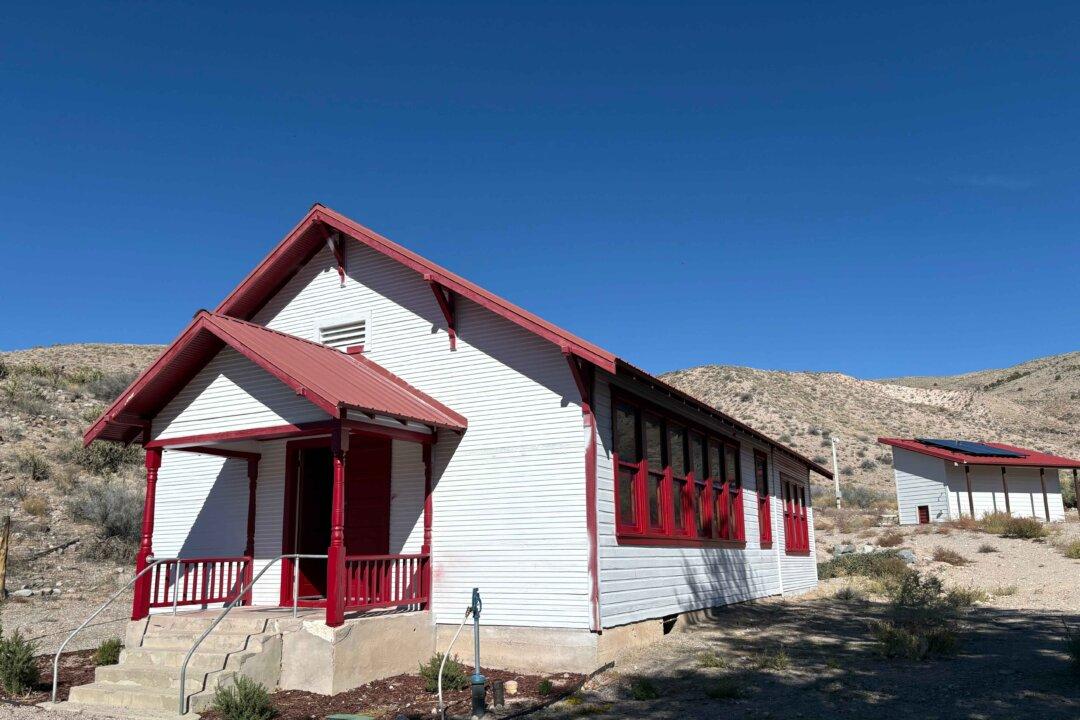Ford’s Theatre in Washington was the scene of 16th president Abraham Lincoln’s assassination. It was a relatively quiet residential area in the 19th century. The place where he died—directly across the street—has become a memorial site.
While an average of 650,000 people annually plan to visit the preserved circa-1863 theater on 10th Street, they often have no knowledge of the importance of the Petersen House that stands directly opposite. Yet, it still factors in to major historical events. Lincoln was immediately taken to this Federal, row-house-style dwelling on the evening of April 14, 1865. He died there the following day.





